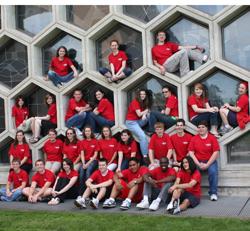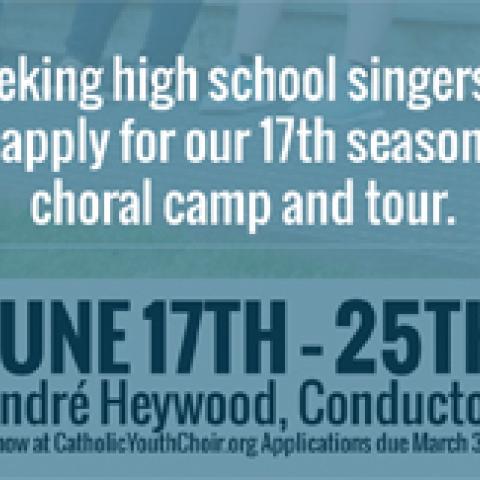
The 14th season of the National Catholic Youth Choir (NCYC) camp and concert tour will be held June 17–July 2.
Thirty-five high school students representing Alabama, Arizona, California, Florida, Georgia, Illinois, Iowa, Kansas, Maryland, Minnesota, Michigan, Ohio, Pennsylvania, South Dakota, Texas, Virginia, and Wisconsin will travel to the campus of Saint John’s University in Collegeville, MN.
The choir departs June 25 for their concert tour, with performances in Iowa, Illinois, and Minnesota.
The repertoire includes works by Britten, Rutter, Vaughan Williams, Duruflé, Delong, Victoria, Proulx, and others.
For information, dkantor@csbsju.edu.



